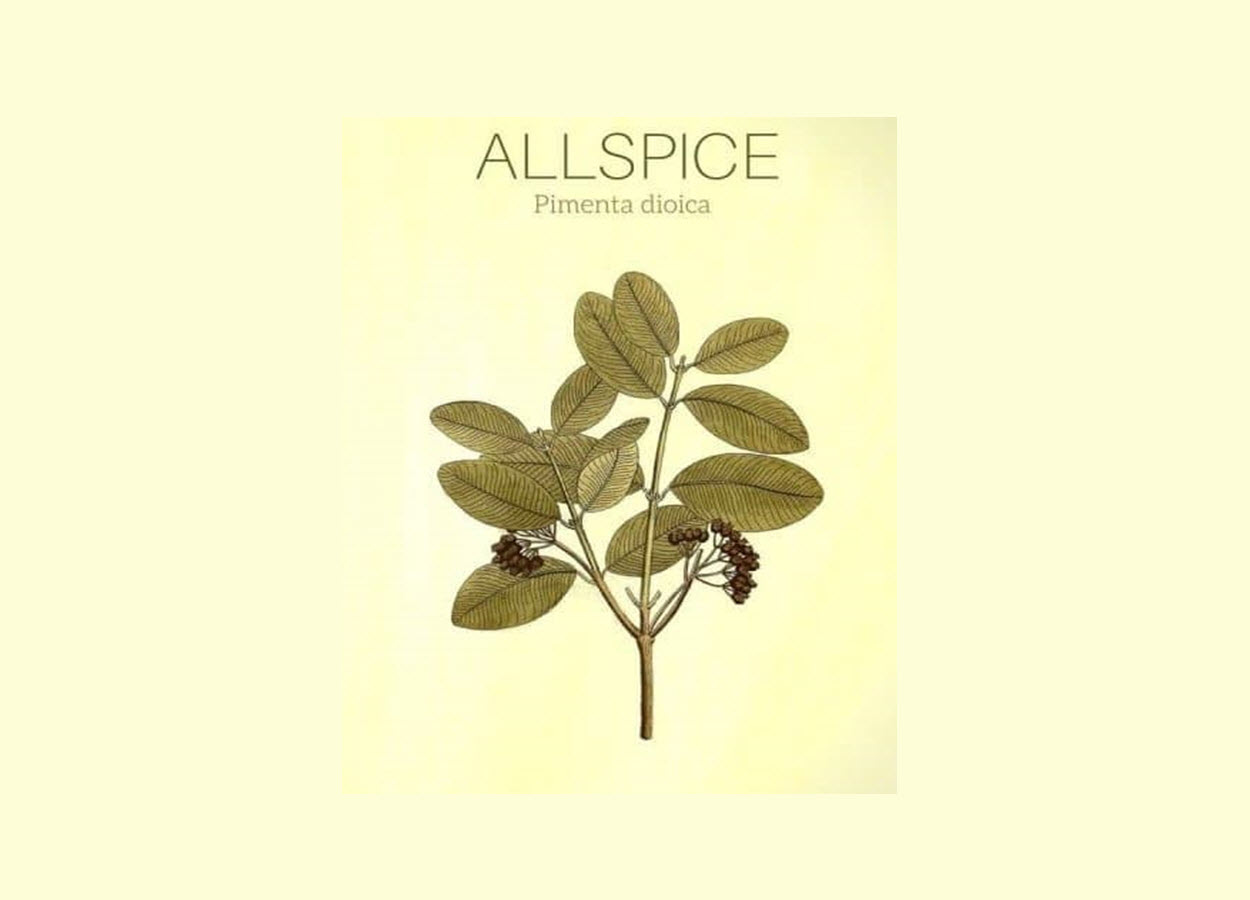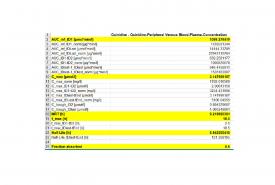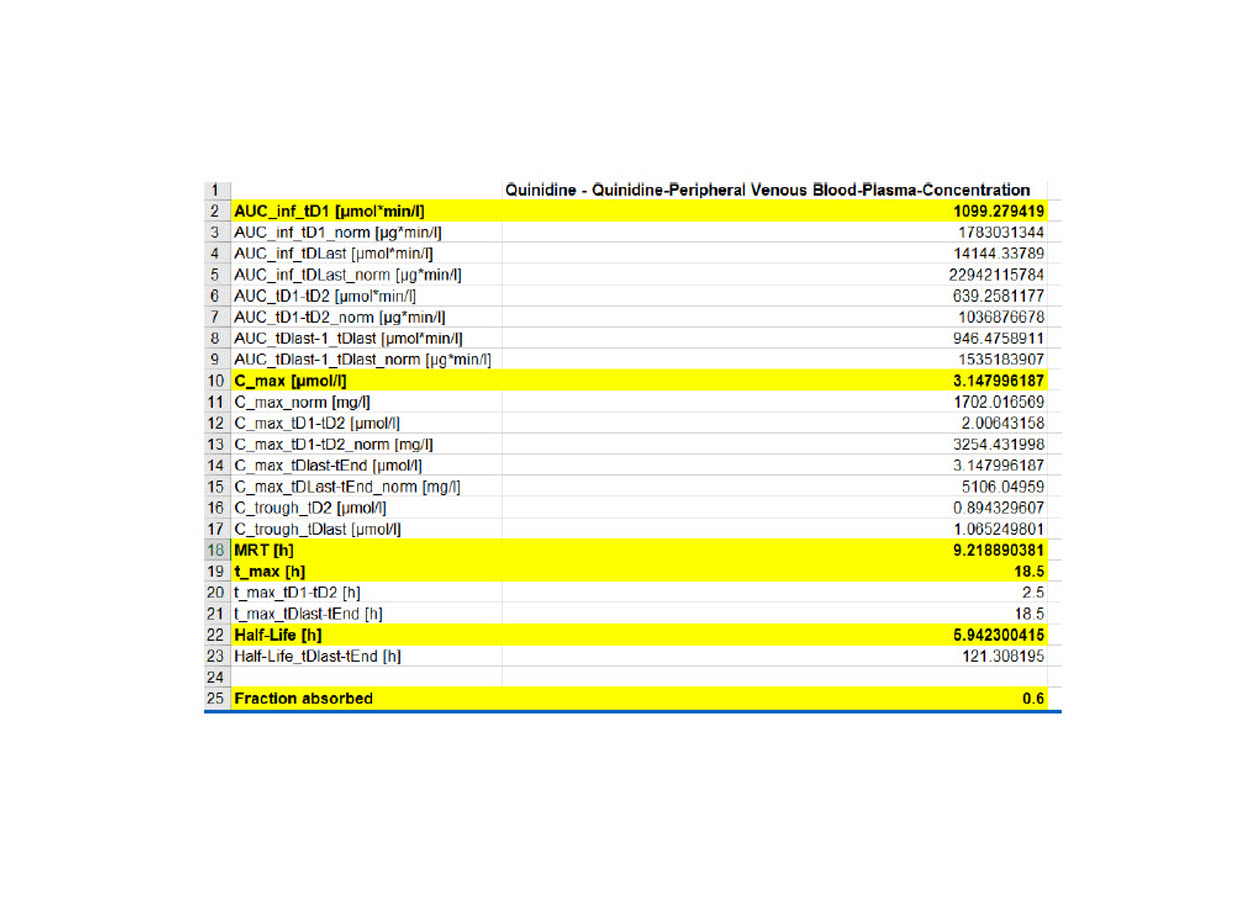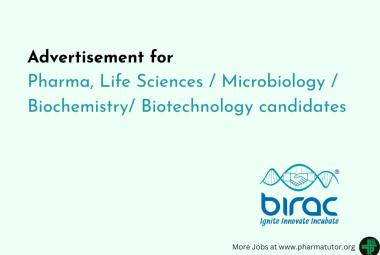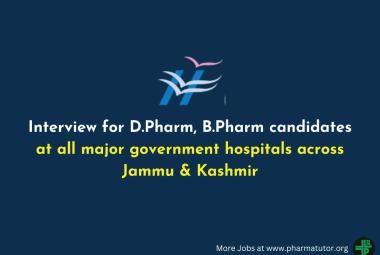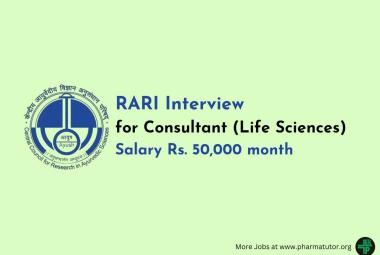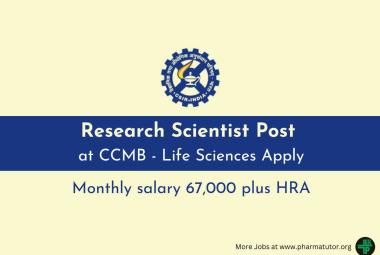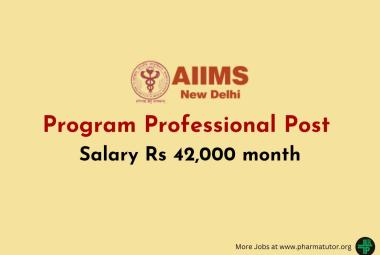Role of Pharmacist in Transforming Global Health
 About Author
About Author
Dr. R. S. Thakur
Email: drramsthakur@gmail.com
ABSTRACT
Pharmacists are transforming global health by empowering patients and other health care providers through counselling, drug information and motivation for rational use of medicines. Pharmacists strive to eliminate medication errors and ensure strict patient compliance to achieve desired therapeutic outcomes. Pharmacists produce quality medicines and assure quality of medicines until expiry date by proper storage and preservation. While dispensing the prescription Pharmacists enhance efficacy and safety of medication by motivating patients for compliance of dosage regimen. Actually it is patient compliance which is important for optimum therapeutic outcome. In this plight patient counselling assumes eminent role. The counselling aspects and content differ from patient to patient, prescription to prescription and dosage form to dosage form. A comprehensive plan based on these three pillars of patient counselling must be meticulously designed and its effectiveness assessed repeatedly to improve upon and validate the counselling process. In the gigantic task of transforming health pharmacists role and priorities are discussed at length.
The efforts of pharmacist drastically reduces health care cost, disease burden and crowd in health system on the one hand and improves therapeutic outcomes, quality of life and happiness to patient on the other.




 CHAURASIYA AMRITA*, ARORA RIMJHIM, RATHORE KS, CHUNDAWAT AVS
CHAURASIYA AMRITA*, ARORA RIMJHIM, RATHORE KS, CHUNDAWAT AVS 
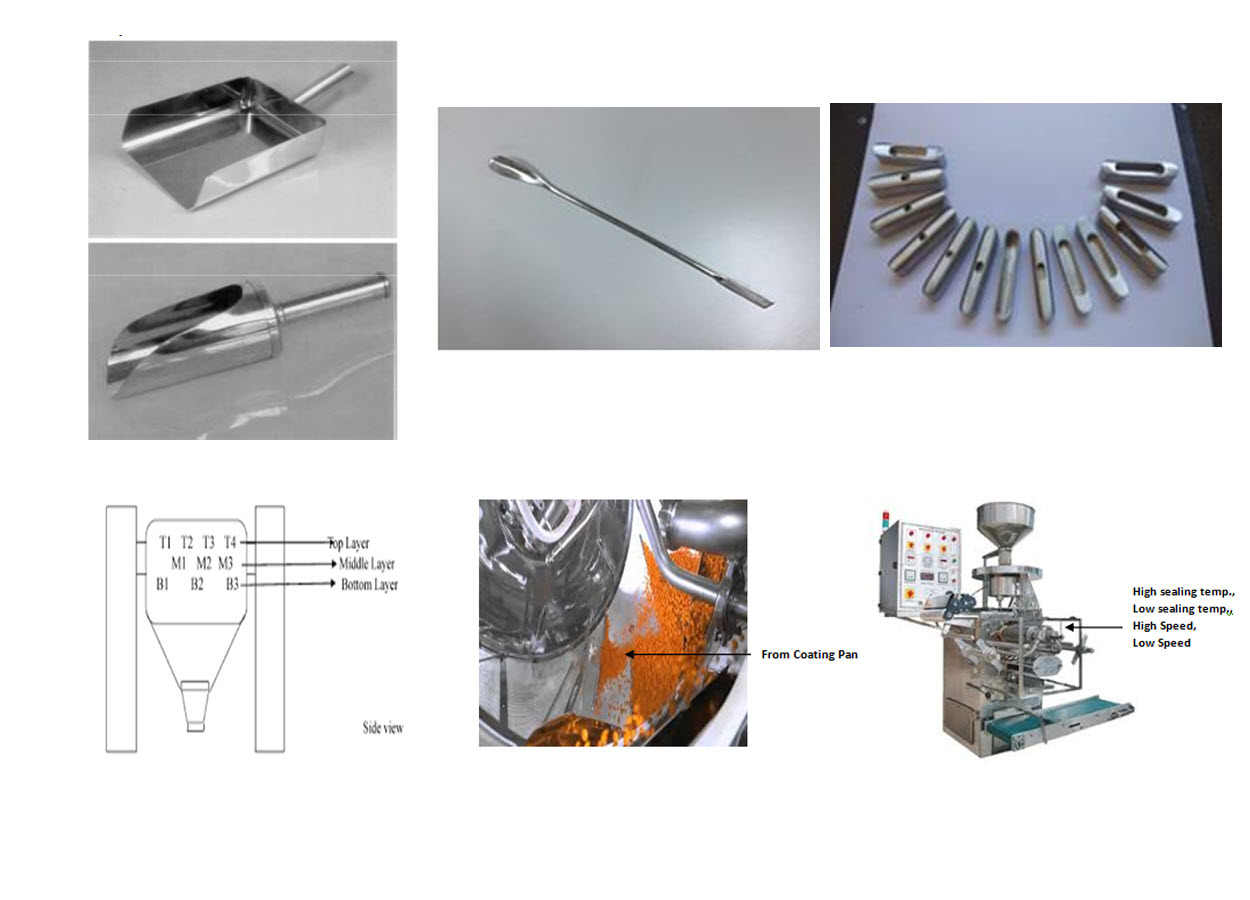
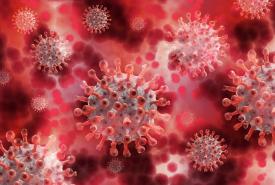
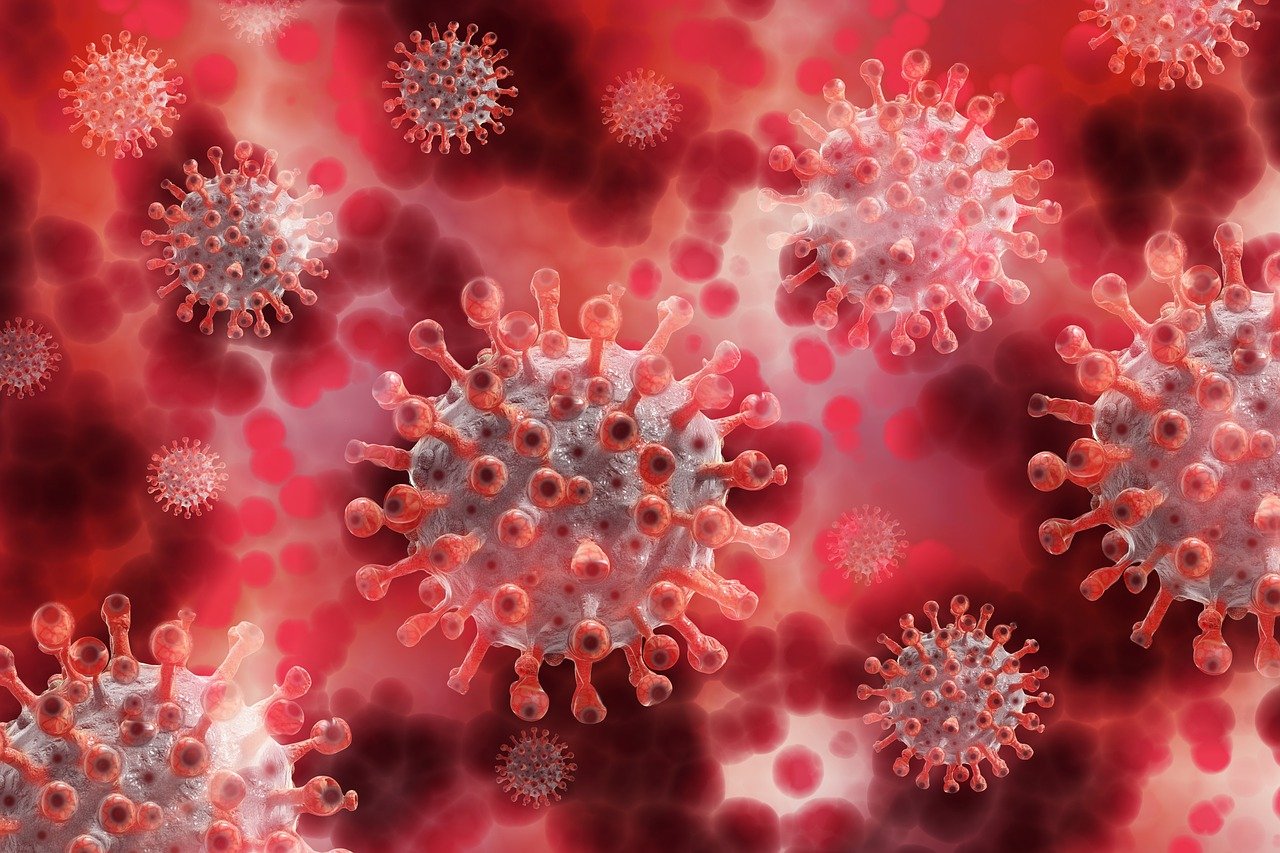
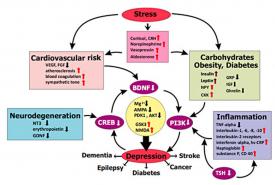
 About Author
About Author
